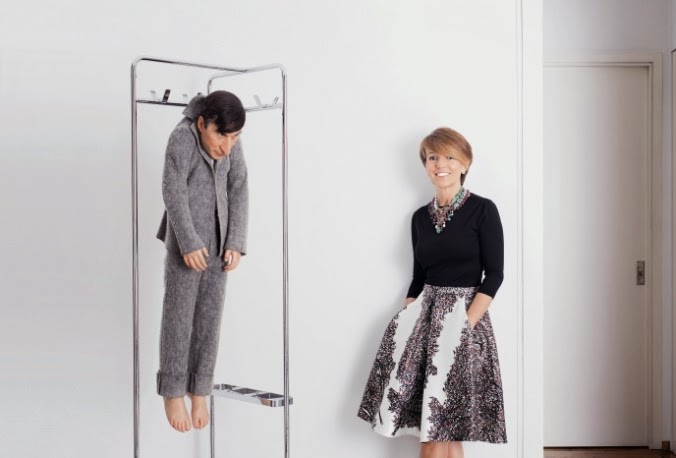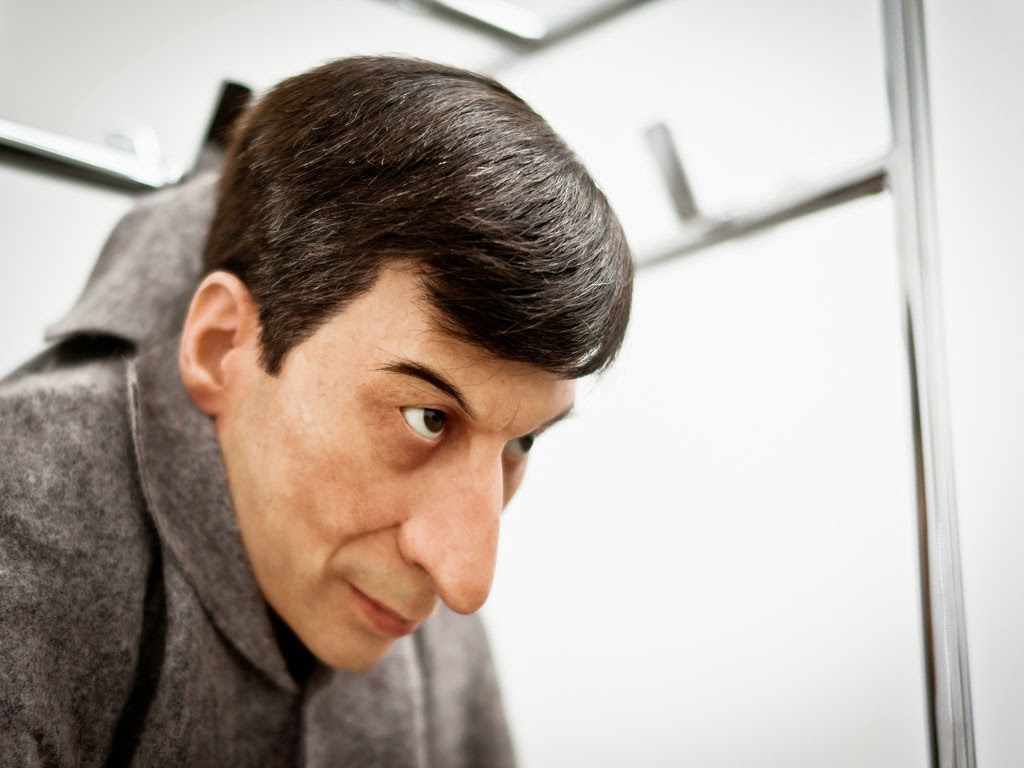
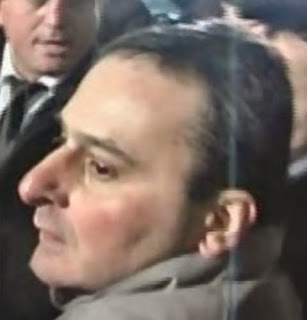

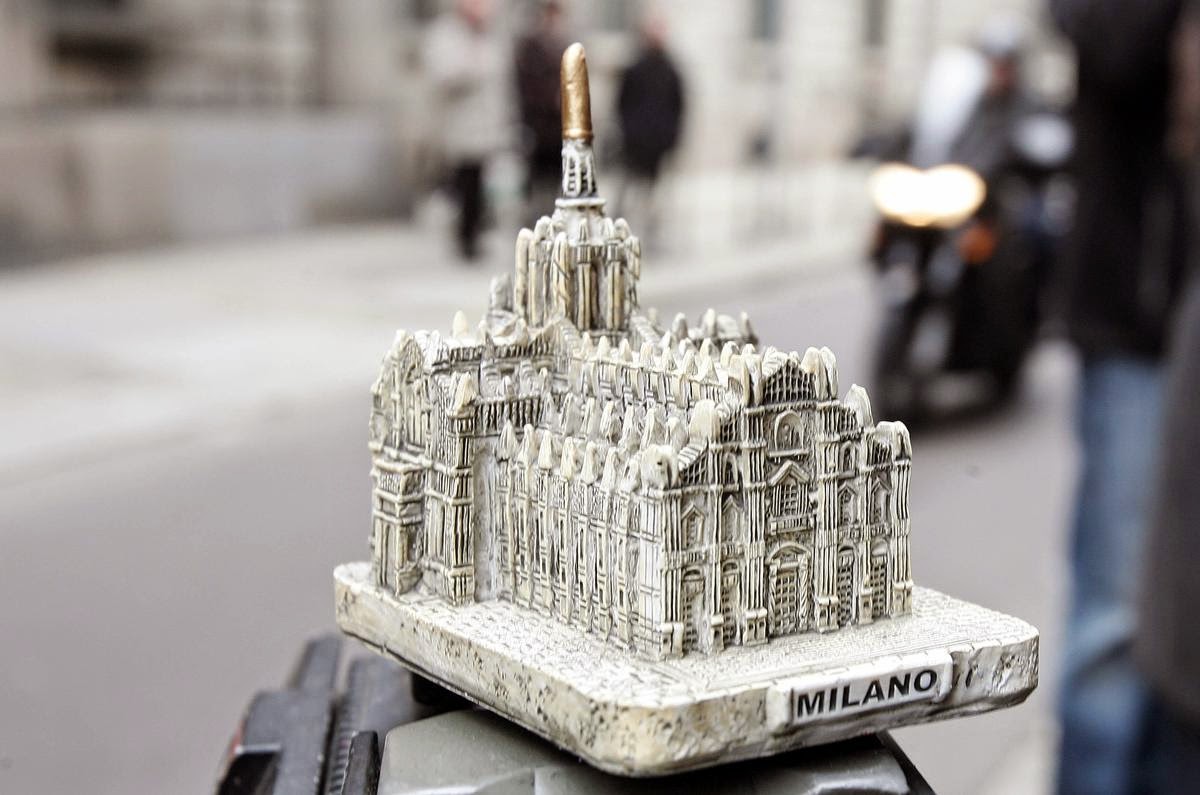
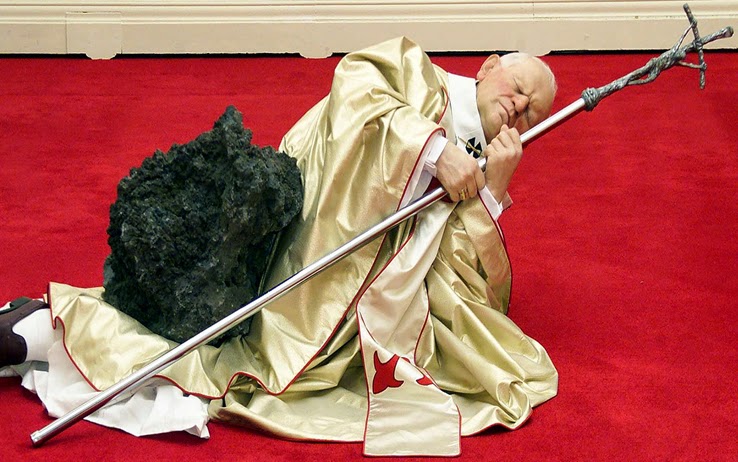
Luca Rossi: Who is Luca Rossi to you?
Maurizio Cattelan: He seems to me to be the one who signs facsimiles of tax returns.
LR: You’ve talked about the need to recover your “independence” and thus distance yourself from the art system, particularly the market and controversy. You would like to renegotiate the role of the artist. What doesn’t work in the art system?
MC: The real anomaly in the system is that the high price of a work has become a certificate of quality. Outside of that everything is placed on the same level, there is a lack of critical reference points with respect to content.
LR: I agree. Beyond the market, the law of Facebook applies: “like/dislike.” At the same time anyone can always update their status and post hundreds of pieces of content. We live under a bombardment of content and projects.
MC: It’s like being with open windows and anyone can throw anything at you. The point is not so much what comes into your house but it’s centering the windows.
LR: There is almost a fear that arguing and going deeper, beyond “like,” is taking away from the power of things. Maybe because one is not so convinced about those things. Although I’ve always appreciated and understood your shying away from interviews, don’t you think the time has come to argue? With all the risks that this entails. After all, arguing critically seems to me the only way to offer an alternative to the dictatorship of the market.
MC: My job fortunately is not to do interviews or write books. I just try to be consistent with my choices. The alternative to the market can also be built through choices, precise actions.
LR: It seems to me that artists, on the one hand suffer and on the other hand pander to this “religion of the market.” Why do you instead of accepting the challenge of content prefer to distance yourself from the system?
MC: Because from a distance things can be seen better; the art system is like a very noisy and colorful party: when you are in it it overwhelms you, if you move away it becomes a small light in the night.
LR: So you advise the young artist to move away from the system to better interpret it? If we think that today, for an artist or curator, it matters a lot to be a good “public relations worker,” this suggestion of yours can be dangerous.
MC: The artist should not be safe in the center of the room, he should prefer the corner, his back to the wall, danger and failure.
LR: I think we don’t need new artists so much as we need attentive, interested and passionate viewers. Exactly the same way that attentive, interested and passionate citizens are needed. Are we the revolution?
MC: The revolution is a Saturday afternoon suggestion. On Monday everything is already over, and it’s back to business as usual. There is no time for revolution.
LR: That is until many “unemployed” people find themselves free on Monday mornings. But that won’t happen because the system knows that the best thing is to float people in an average, mediocre condition. Is the controlled enclosure of art meant to awaken from this mediocrity?
MC: Often art is about sleeping better. One has to be careful.
LR: Do you think we are at the end of art commonly understood as a work to be hung or exhibited?
MC: A market accustomed to behaving only in a certain way cannot take the luxury of time for reflection. True wealth is the ability to manage one’s time: having money but not having time is useless. In this system the work of art becomes like money that has no time to be spent, no use; it loses its center of interest.
LR: In the upcoming exhibition in New York you have (literally) put all your works in the “center” of the space, and suspended them. As if you want to put the works back in the center, but at the same time pillory 20′ years of your career. A way of questioning everything?
MC: Before accepting the invitation from the Guggenheim, I turned down many proposals from American and European museums. Usually these kinds of proposals paralyze me. I said yes to the Guggenheim because of an architectural fact; the organization of the space inevitably forced everything to be deeply questioned. And that can only be positive.
LR: It seems to me that artistic representation, in recent years, has particularly entered a crisis with respect to an increasingly complex and incidental reality-fiction relationship. Is it more difficult to be an artist today than it was 20 years ago? Why is that?
MC: Today you have to submit to certain codified rituals. If you don’t accept this you are out, and there are hundreds of artists ready to take your place. Today the artist, I don’t say the man, has to commit suicide; to go on living means trying to be a terrorist with a black beard and mustache: they stop you right away.
LR: When you talk about “beard and mustache,” I think of forced paths of professionalization, capable of undermining at the base a language that has to confront the present and history. Will the art system as we know it today end?
MC: I don’t have a crystal ball. However, I don’t think the system will dissolve. The system will try to resist, just as all systems do. It will be the artist who will have to redefine his role. Becoming deeply aware of this is already a first step.
LR: A few months ago I put together a sequence of images in which your self-portrait, the puppet that represents you in many of your works, shows a very close resemblance to Massimo Tartaglia, the artist-engineer who in December 2009 hurled a souvenir of the cathedral at Berlusconi’s face. What do you think about that?
MC: Your selection proves the ambiguous relationship that reality can have with fiction. The opportunities of mass communication combined with an increasingly ambiguous reality-fiction relationship tend to displace the possibilities of art. Or rather, art should react to this displacement.
—–
LR: How to react to it? What do you mean concretely when you express a desire to renegotiate your role as an artist?
—-
MC: I would start by tying explosives to the letters that form the words “role as an artist.”
—–
LR: I agree with this idea of yours. People don’t want to be an audience or a student anymore; they want to be in it. I think the blog is a useful tool. What do you think?
—
MC: Like all tools it has to be used in the most effective way, the blog is also part of that bombardment of content of which we are both victims and perpetrators.
—-
In 2009 Massimo Tartaglia throws a small reproduction of the Milan Cathedral in Silvio Berlusconi’s face. Tartaglia bears a striking resemblance to the mannequins that Maurizio Cattelan uses in his artworks, such as the work “the revolution is us,” while what happens looks very much like the work in which the Pope is hit by a meteorite.

